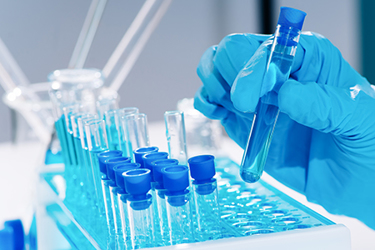A Look At Column Reproducibility: Analysis Of Endogenous Caffeine And Metabolites In Human Urine
By Kenneth D. Berthelette, Jennifer M. Nguyen, Kim Haynes, Jonathan E. Turner, Waters Corporation

Having high quality products, particularly LC stationary phases and columns, ensures that the data generated for an assay is accurate and reproducible over time. The quality of LC stationary phases can be measured by batch to batch reproducibility testing for a given assay to ensure that each manufactured lot of material performs similarly. Most batch-to-batch tests are performed using three batches of material made within a certain time period, such as those within a method validation kit. While these kits work well, their use may only provide a snapshot of the overall quality of the product. To get the full picture, historical batches of material should be tested, as this provides a better scope of overall product quality.
The ACQUITY™ HSS T3 stationary phase is a commonly used C18 bonded phase using fully porous silica particles. To demonstrate the quality of the HSS T3 material, three columns were packed with different batches of material. These materials were made five years apart ranging from 2016 to 2021. All three columns were then used to separate endogenous caffeine and metabolites in human urine after solid phase extraction (SPE) and dilute and shoot sample preparation.
Get unlimited access to:
Enter your credentials below to log in. Not yet a member of Cell & Gene? Subscribe today.
